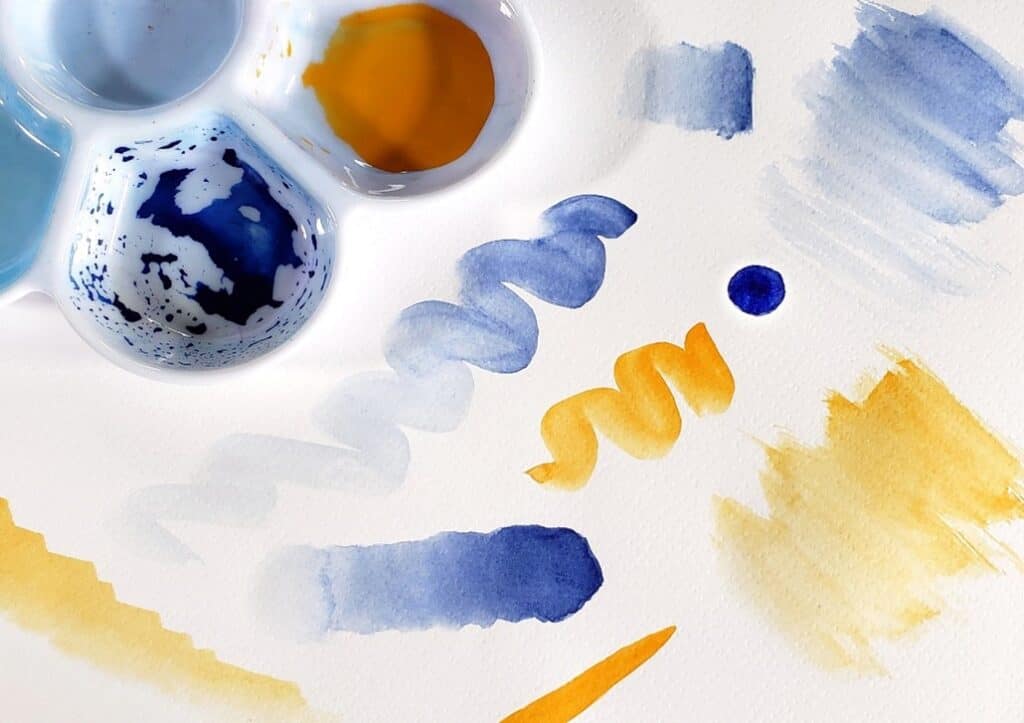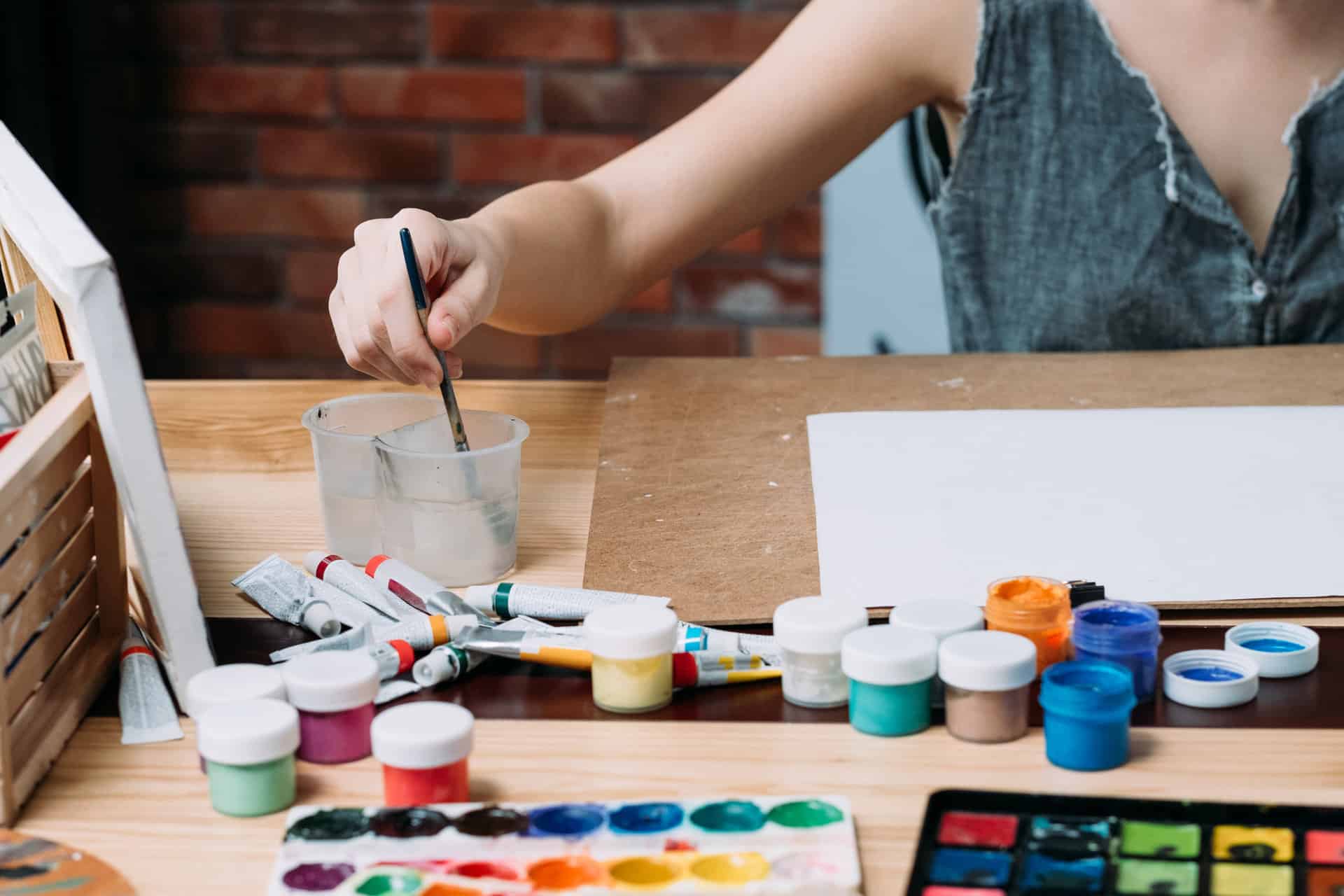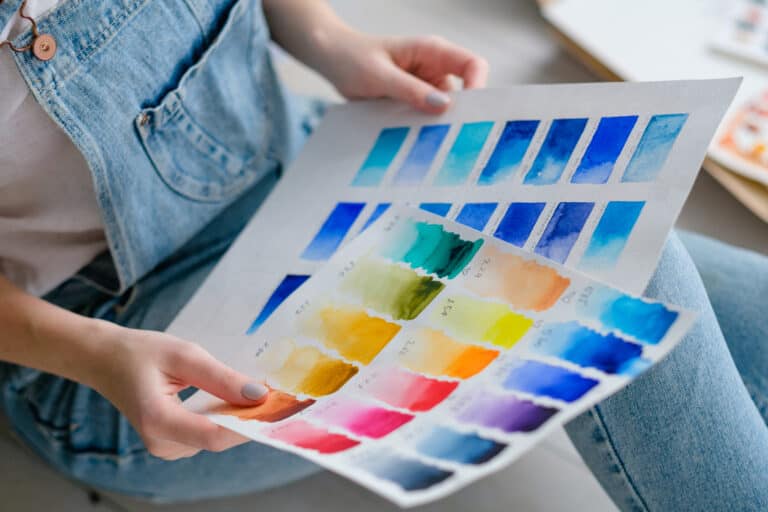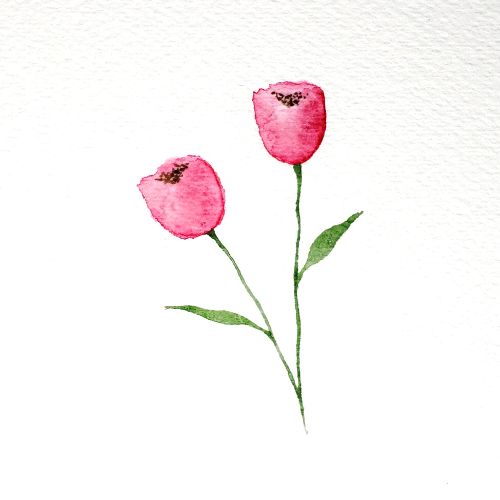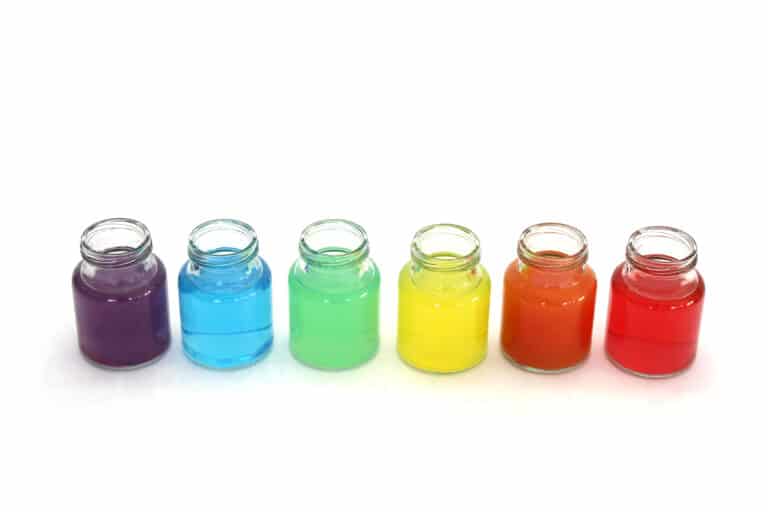Water Control in Your Watercolor Pieces
What is Water Control?
Watercolor is an art form that requires good water control in order to work the pigments well.
For this reason, it’s important that you understand how to control the flow of water.
Water control is the ability to balance the paint-to-water ratio in order to adjust the flow of water in your painting. It’s an essential skill that every watercolor artist must learn in order to blend pigments, mix colors, add layers, and apply a variety of techniques.
In other words, watercolor can be hard to paint with if you don’t know how to control the water.
So, let’s have a look at some of the best advice that will help you master this skill.
How Do You Control Water in Watercolor?
When it comes to controlling the flow of water, there are a few general rules that you need to understand:
- More water lightens a pigment, so diluted pigment is easier to blend.
- More water creates soft, smooth washes and gradients.
- Less water retains a pigment’s vibrancy, but it’s harder to blend.
- Less water creates textured strokes such as you would use when applying the dry brush technique.
The biggest takeaway is that mastering the paint-to-water ratio will help you control water.
After all, the amount of pigment and water you use determines how pigments blend together. As well, it makes colors appear more vibrant.
To learn more about water control secrets, check out the online course Watercolor Lettering: Learn to Blend Colors and Letter Boldly With Watercolors, available exclusively on Foxsy!
The orange pigment contains more water whereas the blue pigment contains less water.

How to Dilute Watercolor Paint?
You add water to watercolor paint to dilute it. This makes the pigment appear lighter and more transparent. As well, it makes the pigment easier to layer.
The best way to dilute watercolor paint is to dip your paintbrush in clean water so that the bristles soak up the water.
Then, use the wet brush to dilute the watercolor pigment in a mixing well.
Watercolor moisture control is a skill that you can learn by using different amounts of water in your brush and on the paper.
You’ll learn how to make watercolor more pigmented by using less water, and using more water to make the pigment appear lighter.
To learn about how to apply this technique to color mixing, check out this blog post about color theory in watercolor painting.
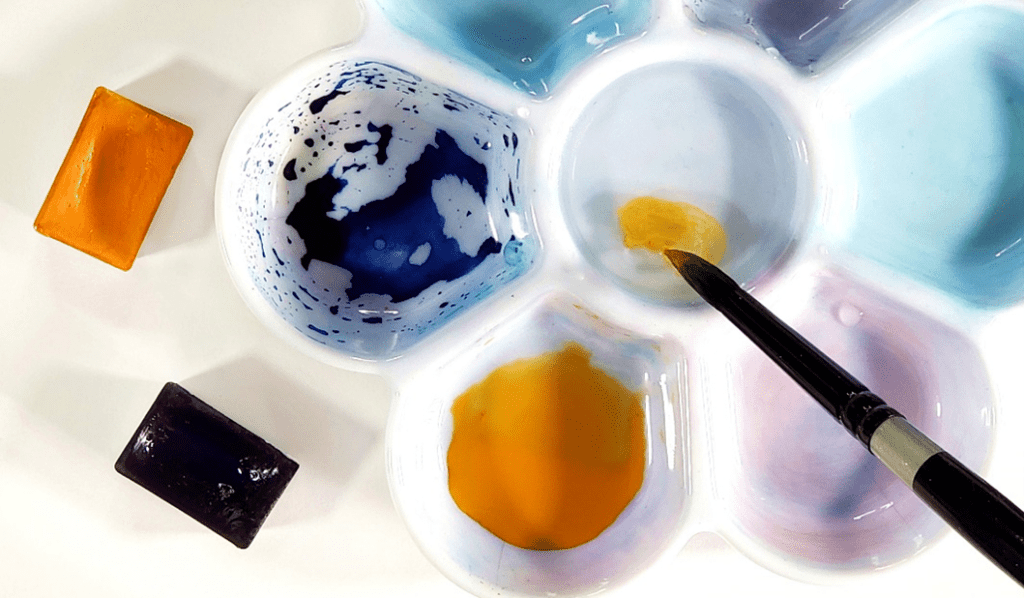
How To Improve Watercolor Painting?
One of the best ways to improve your watercolor paintings is by using different pigment and water ratios.
You can improve your water control skills by doing watercolor exercises. Examples include making doodles and strokes with different paint-to-water ratios. You can also practice washes, create gradients, and study value scales.
To learn more, you can check out this this blog post about watercolor practice exercises.
This includes using the wet on wet technique to help you learn how to control layers that require more water.
Or using the dry brush technique to create pigmented textures.
And applying the wet on dry technique to find a perfect balance between pigment and water.
All in all, the biggest takeaway is to practice painting with different pigment ratios. Doing so helps you understand how much pressure you should put on your brush while you paint.
